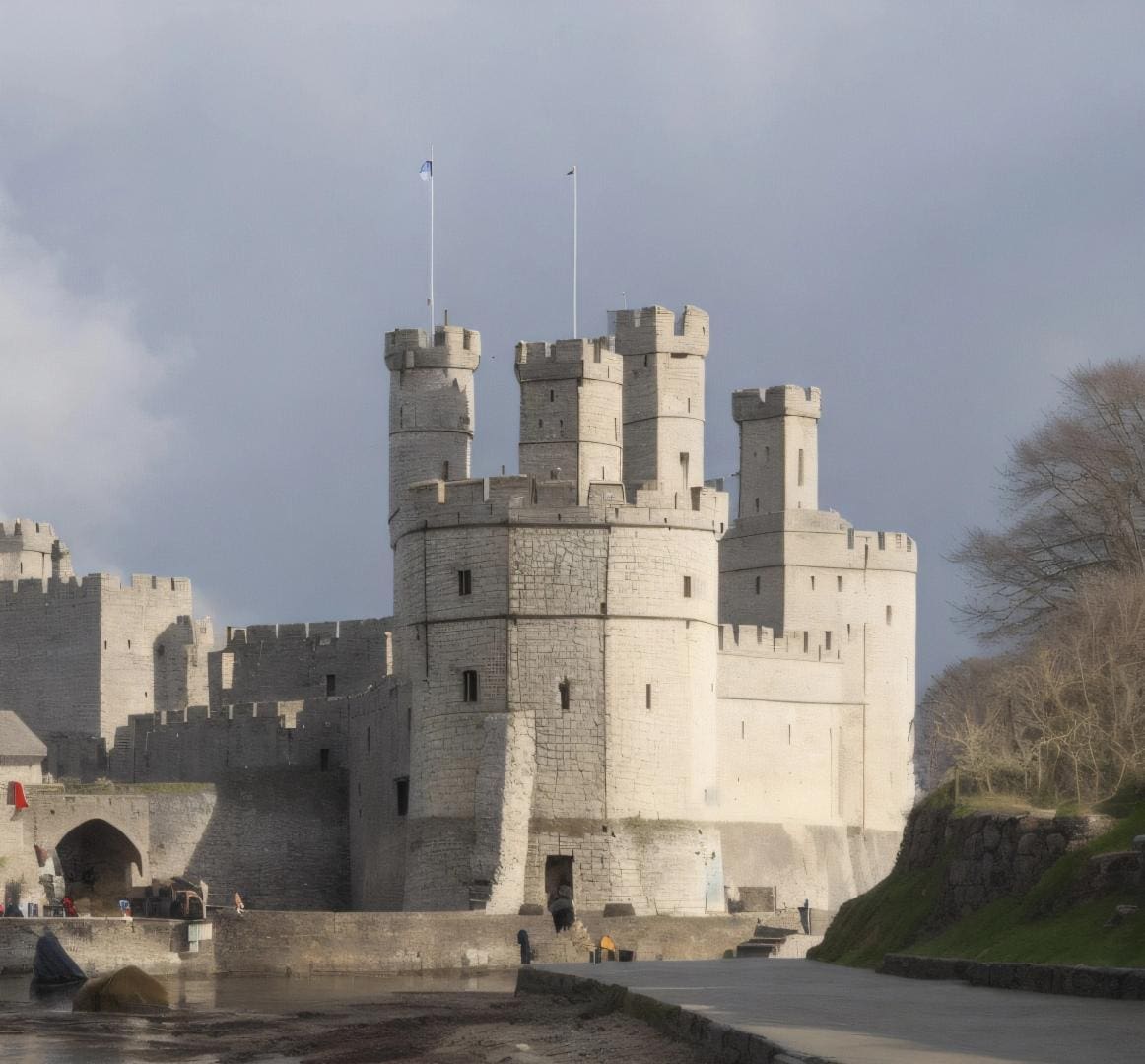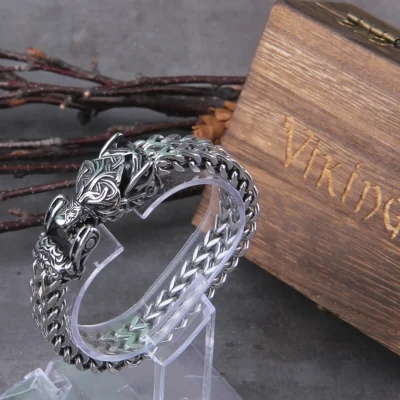The Statute of Rhuddlan of 1284 marked an official conquest of Wales, binding the nation into the dominion of Edward I and the Kingdom of England. Though magistrates and tax collectors assumed governance under the English crown, the fires of Welsh rebellion still burned bright.
Welsh Resistance After the Statute of Rhuddlan: An Unrelenting Legacy

The Statute of Rhuddlan of 1284 marked an official conquest of Wales, binding the nation into the dominion of Edward I and the Kingdom of England. Though magistrates and tax collectors assumed governance under the English crown, the fires of Welsh rebellion still burned bright. From the raids of defiant princes to the haunting verses of nationalistic bards, cultural resistance and armed revolt persisted for generations. The spirit first sparked in the age of Owain Glynd?r and Llywelyn ap Gruffudd, also known as Llywelyn Ein Llyw Olaf (Llywelyn, Our Last Leader), was a spark that irrevocably smoldered in the hills of Eryri long after 1284.
From Clan Rebellions to Guerilla Warfare
Despite annexation, autonomous Welsh families and clans clung to their independence from their mountain strongholds. As English arms sought to encircle areas untamed by Castilian walls, these uchelwyr cynyddol, or “native nobility,” mustered forces to fight back against the Anglo-Norman knights and archers. Yet, even as nobility like Rhys ap Maredudd and Madog ap Llywelyn fell in the field, the torch remained lit. From the glens of Snowdownia, Llywelyn Bren embarked on guerilla warfare that perhaps best embodied the persistence of Welsh resistance – one blending the military valor of the field with intimate knowledge of the harsh terrain. Though Bren perished, his ambition lived on in the hearts and hymns of the Welsh nation.
The Impact of the Statute of Rhuddlan on Welsh Rebellion
So while the Statute of Rhuddlan bound Wales into the laws and customs of England as a pragmatic act of conquest, it could not quell the independent spirit of its people overnight. From the 1287 Rebellion to the efforts of would-be princes like Owain Lawgoch, Wales remained a restless part of the Plantagenet dominion. However, these revolts and martyrdoms only hardened English control of lucrative towns and trade routes within the new territory, inflaming further resentment.
Through a slow process of walled towns, restrictive laws like the 1294 Statute of Wales, and political posturing that pitted Welsh leaders against one another, the flash of revolt ultimately dimmed despite periodic conflagrations. Yet the memory of native princes uniting warbands and the bards who contributed to that myth with each verse ensured that the spirit of Welsh rebellion endured.
Major Figures in Post-Statute Welsh Resistance
The fiery spirit of Welsh rebellion sparked to life in the hearts of many leaders that refused to bend the knee in the wake of conquest decreed by parchment and wax. Though the Statute of Rhuddlan bound the rugged terrain of Wales to English counts, sheriffs, and taxmen, native princes clung to independence from their mountain domains. When they rode to battle, scores of warbands rallied behind their crimson banners embroidered with the storied lineages of Welsh nobility. Though many fell against the thundering cavalry of Plantagenet armies, their legacy continues to stir the spirit of Cymru.
Rhys ap Maredudd: The Bold Warlord of Ystrad Tywi
Even in the immediate aftermath of the 1284 Statute, Welsh nobles chafed under English rule. Rhys ap Maredudd, Lord of Dryslwyn Castle and the lush Towy River Valley, ignited widespread rebellion by attacking English-garrisoned towns across southern Wales. In 1287, his warbands stormed the walls of Dynefwr, Llandeilo, and Carmarthen, threatening the new Anglo-Norman order.
Though English forces eventually drove them back and Rhys died in battle, his audacity lit a fire from Pembrokeshire to Powys. His descendants and supporters continued resisting, with his grandson Rhys ap Gruffydd burning Neath and Cardiff in 1315 before retreating to the wilds of Northern Snowdonia.
Madog ap Llywelyn: The Fallen Snowdonian Prince
In the wake of ap Maredudd’s revolt, Madog ap Llywelyn rose as both warrior and patriot. As a distant relative of Llywelyn Ein Llyw Olaf from the once-powerful kingdom of Gwynedd, he held hereditary claims as Prince of Wales and the loyalty of many clans. Alongside Dafydd Wig, the sons of Maredudd ap Robert, and other nobles, Madog led the historic Revolt of 1295 against King Edward’s army across Wales.
After massing an army among the fortified farmsteads of North Wales, Madog won an early victory at the Menai Straits before falling in battle the next year. His banner continues to fly proudly as a symbol of Welsh resistance.
Though ambition outpaced fruition, these uchelwyr cymreig fanned the flames of revolt for another century through their defiance in times of conquest. Their military resistance won victories that inspired bards and commoners alike to keep Welsh independence alive through evocative myth and verse.

Key Conflicts in Post-Statute Welsh Resistance
Though the Principality of Wales formally passed into Plantagenet governance in 1284, the winds whistling through Snowdonia, Glyder Fawr, and the Cambrian Mountains carried whispers of independence for generations after.

From pitched battles between warband cavalry to the lone wolf raids of guerilla fighters, Wales remained a restless dominion through many pivotal conflicts.
The 1287-1288 Revolt of Rhys ap Maredudd
Even nearby English towns like Carmarthen and Cardigan dared not relax in the first years after the Statute of Rhuddlan. In 1287, Rhys ap Maredudd descended from upland strongholds with his warbands to storm English castle garrisons across the Tywi Valley. Though initially successful in occupying strategic fortifications for months at a time, English reinforcements drove them back by 1288. The revolt pointed to the lingering military capacity of Welsh nobility on their home terrain.
Madog ap Llywelyn’s Historic Campaign
While sporadic raids left the English uneasy about control of Wales, the 1294 revolt organized by Madog ap Llywelyn of Dolwyddelan and Porfudyd challenged that dominion outright. Alongside Dafydd ap Gruffydd, Maredudd ap Robert and other nobles, Madog united clans from Gwynedd to Morgannwg. After scoring an early victory at the Menai Straits, the army swept south towards Machen and Caerphilly. However, Edward I sent waves of reinforcements, eventually surrounding and killing Madog near Builth Wells in 1295. Despite this loss, the revolt inspired generations of Welsh resistance through its early success uniting different regions against the English crown.
Llywelyn Bren: Heroic Guerilla Leader
By early 14th century, the prospects of organized military resistance across Wales ebbed following crackdowns on nobility. Yet even lone guerilla leaders like Llywelyn Bren, also known as Twrgadarn, became folk heroes through small-scale warfare.
Operating from remote Snowdonian enclaves from 1316-1318, Bren launched relentless raids relying on the terrain and his band’s local support for sustenance and shelter. Though English forces assassinated him in his sleep to end the devastating campaign, his cunning warfare became legendary.
While rarely successful at the operational level against overwhelming English numbers and resources, these clashes maintained a smoldering spirit of Welsh cultural identity rooted in the independence of eras past. As the Steinbach song “Triwyr” commemorates, the three men depicted on the Mold Cross honoring Ffransis ap Hywlcyn represent this eternal resistance – one that persists from the age of Edward Longshanks into the valleys of modern Wales today.
Ongoing Welsh Resistance After the Statute
While pitched battles often grabbed attention abroad, the smoldering embers of Welsh independence persevered through more subtle means in remote valleys and windswept villages. Despite the military crackdowns following suppressions of large-scale revolts, cultural resistance formed the enduring legacy of Welsh defiance in the face of English subjugation.
Enduring Cultural Identity
As English landlords and sheriffs assumed governance over shires, Welsh bards and artisans kept native traditions alive through language and legends. Epic poems recanted tales of past glories and resistance, while wandering poets brought news through the hills and dales in verse. Even as daily administration fell under Crown authority, Welsh continued thriving as the language of hearth and harvest. Acts of Parliament in Henry IV’s reign specifically targeted these cultural stewards to undermine this resilient identity.
You Might Like These
-
Born of Fire Made of Legend T-Shirt – Welsh Dragon Design
Price range: $26.00 through $49.00 -
Cymru Welsh Dragon Minimalist T-Shirt – Gildan 5000
Price range: $26.00 through $45.00 -
The Red Dragon Rises T-Shirt – Welsh Dragon Shirt
Price range: $27.00 through $38.00 -
Believe in Dragons T-Shirt
Price range: $26.00 through $49.00
Persistence of Autonomous Clans
The rugged interior of Wales enabled old Welsh clans to retain local autonomy, especially in Snowdonia, through chieftains only nominally loyal to English overlords. While the English Marcher Lords encroached on the Welsh Marches, direct interior control remained sparse. These self-governing cwms and even fortified dwrs provided safe harbors for resistant Welsh, whether everyday subsistence farmers or notorious outlaws. As authors G.Dyfnallt Owen and Derrick S. Thomson observed, these upland domains persisted as “a number of virtually independent feudal states.”
Later Reverberations
The early 14th century revolt of Llywelyn Bren proved that the martial capacity for resistance still flowed through Cymru’s valleys. Later events such as the 1401-1415 revolt of Owain Glynd?r tapped into this enduring spirit. Glynd?r drew explicit inspiration from Welsh heroes like Rhodri Mawr and Cadwaladr ap Cadwallon as he defiantly had himself crowned Prince of Wales. Later, with his Letters Patent in 1415, Henry V promised pardons to Welsh who had fought for “Owen Glendower, mine enemy.” This reflected the deep-rooted resistance Edward I’s conquest failed to tame over a century later.
So through both overt warfare and subtle persistence of national identity, the Cymric peoples of Wales kept their cultural heritage and independent streak alive in the long shadows of imposed English governance. This spirit stands strong today.
Effects of Post-Statute Resistance and Rebellion on Wales
While Welsh armies experienced defeat time and again across generations of intermittent rebellion, these revolts brought harsh English reprisals upon the occupied lands. From restricting land rights to imposing the ultimate Edwardian symbols of oppression through iron and mortar, the Welsh countryside transformed to consolidate Crown control by both the pen and sword.
Fortified Towns and Intimidating Castles

As sites like Caernarfon, Conwy, and Harlech testify, Edward I build imposing castles both to cow rebellious Welsh and provide bases securing trade routes as part of his “ring of iron.”
Lesser Marcher Lords followed suit, constructing more fortifications throughout rural Wales than anywhere else in the realm. These Anglo-Norman style motte-and-bailey and stone enclosures contrasted starkly with traditional Cymric building arts. They served as permanent reminders continuing English authority.
Oppressive Laws
Alongside fortified towers, the English sought to tighten their grip through restrictive laws specifically targeting Welsh capacity to resist. The 1294 Statute of Wales outlined provisions curtailing weapon ownership while enabling English Marcher Lords to impress the Welsh into military service abroad. Later Acts during Owain Glynd?r’s rebellion took further punitive measures against Welsh land ownership, government posts, and cultural expression. These institutional constraints on local autonomy, rights and identity riled Welsh passions.
A Broken Chain of Native Aristocracy
When Madog ap Llywelyn raised his crimson banner, fellow nobles like Cynan ap Maredudd, Rhys Gethin and Rhys ap Gruffydd marched their warbands alongside them. But English authorities systematically removed this native Welsh nobility from power through decades of crackdowns after failed rebellions. As clerics and bards lamented in chronicles, few heirs remained to claim the legacy of storied families tracing mythic lineages. The leadership void left lasting questions for future generations who continued dreaming of independence from English oppression.
So in many ways, the clashes sparked by principled Welsh nobles from 1287-1485 brought increased hardship to the lands they sought to liberate. However, the plant of cultural identity only rooted deeper – its branches extending as a testament to enduring resilience against hurricanes of English dominance.
The Enduring Legacy of Post-Statute Welsh Resistance
As the chroniclers of history etch stark conquests on parchment with ink and quill, the toil of common people write a narrative beyond portentous statutes and battlefield glories. Despite decrees issuing from Westminster and Caernarfon proclaiming English dominion over Wales, the spirit of Welsh independence persisted through both spectacular revolts and subtle endurance over centuries. Though Edward I and his Marcher Lords claimed the halls and harvests between Deheubarth and Gwynedd, cries of “rebellious” Welsh echoed from Snowdon to Glyndyfrdwy in a perpetual refrain. From the swords of warriors like Llywelyn ap Gruffudd to the harrowing poetry of Dafydd ap Gwilym, the Cymric peoples clung to language, land, and legends with a tenacity rivaling their ageless granite peaks.
While this article traced overt conflict, the unbowed soul of Wales winds subtly through tales told round village hearths, pilgrimages tracing paths of saints, and voices raised in song through the National Eisteddfod. The unbending pride first kindled by Glynd?r’s torch and the righteous anger stirred by Owain’s Long Parliament a while later yet simmer in the heart of the red dragon upon Y Ddraig Goch. Though centuries faded rebellious nobles already woven into myth and murals decorating the halls of Conwy Castle, their legacy perseveres in the Emerald Isle alongside the sound of three silver strings. For all the English manor houses and Norman facade dotting the lush countryside, a Flintshire collier or Cardigan cobbler still dreams with pride of Cadwallon and Cadfan against the Saxon foe.
Legacy of Welsh Resistance and the Statute of Rhuddlan
Some may say the governors and gavels of County Courts now ruling from Mold to Pembrokeshire signal an end to Welsh resistance first ignited 700 years ago in the deceptive summer days before Cilmeri. But listen and you may hear, still carried on the wind sighing down ravines lined with heather and meandering over crumbling battlements, a whisper wistful for Owain Lawgoch’s return from France. The timeless longing in the eyes of Ivor Bach beholding the Towy Valley’s oak groves and the sheep farmer adjusting his cap as he crosses the stone-arched bridge over the Conwy River course with the very same blood and breath of Llywelyn Ein Llyw Olaf himself. The red orchids dotting castle walls pay homage to green and white banners now faded but never flown in surrender. Yes, the cry for freedom born in blood and battle ages past yet endures in the secret sighs and stubborn soul of indomitable Cymru.
The Impact of the Statute of Rhuddlan on Welsh Rebellion So as slate roofs gleam under modern skies, enduring myths whisper that the smoke still rising from Dolwyddelan’s cold hearths waits to rekindle wildfire once more. Against long odds, two princely changelings stand vigil in the shadows of each Welshman’s heart – bold sons awaiting a clarion chorus of three silver strings to mount their warhorses again.










